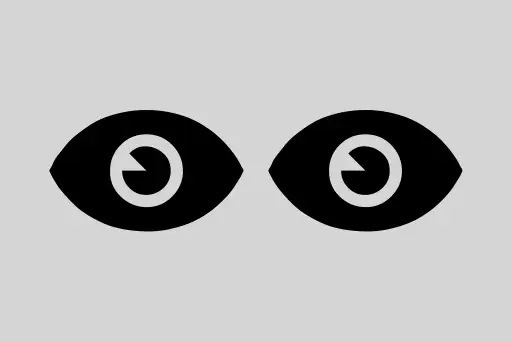Types of Machine Learning: Supervised, Unsupervised, and Reinforcement Learning
Types of Machine Learning
Machine Learning can be broadly categorized into three types:
- Supervised Learning
- Unsupervised Learning
- Reinforcement Learning
1. Supervised Learning
Supervised learning is like learning with a teacher. In this type, the machine is trained on a labeled dataset — which means for every input, the correct output is already known.
Think of it as a student learning to solve math problems with a textbook full of questions and answers. The student learns by seeing both the problems and the correct solutions.
Examples:
- Predicting house prices (Regression)
- Identifying whether an email is spam or not (Classification)
- Handwritten digit recognition (Classification)
Key Concepts:
Input (features): Data we feed into the model (e.g., area of the house)Output (label): The value we want to predict (e.g., price of the house)
Question: How does the model learn in supervised learning?
Answer: It learns by comparing its predicted output with the actual label and adjusting itself to reduce the error. This process is called training.
2. Unsupervised Learning
In unsupervised learning, the machine is given data without any labels. It tries to find patterns, groupings, or structures in the data on its own.
Imagine giving a box of assorted Lego pieces to a child and asking them to organize it. There's no instruction — the child will group them by color, size, or shape using their own logic.
Examples:
- Customer segmentation in marketing
- Grouping similar documents
- Detecting anomalies in financial transactions
Key Concepts:
Clustering: Grouping similar data points (e.g., K-Means Clustering)Dimensionality Reduction: Reducing features while retaining essential data patterns (e.g., PCA)
Question: How does the algorithm decide what’s similar?
Answer: It uses mathematical distance or similarity measures (like Euclidean distance) to group data points that are close together in feature space.
3. Reinforcement Learning
Reinforcement learning is a bit different — it’s about learning through experience and feedback. Here, an agent (like a robot or software) learns to make decisions by interacting with an environment and getting feedback in the form of rewards or penalties.
Think of it like training a dog. When the dog performs a trick correctly, it gets a treat (reward). If not, it gets no treat (penalty). Over time, it learns which actions lead to rewards.
Examples:
- Training robots to walk
- Game AI like AlphaGo or chess-playing bots
- Self-driving cars navigating roads
Key Concepts:
Agent: The learner or decision-makerEnvironment: Everything the agent interacts withAction: What the agent doesReward: Feedback from the environment
Question: How is reinforcement learning different from supervised learning?
Answer: In supervised learning, the model is told the correct answer during training. In reinforcement learning, the agent explores and learns what actions lead to rewards through trial and error.
Summary Table
| Type | Data | Goal | Examples |
|---|---|---|---|
| Supervised Learning | Labeled | Predict output from input | Email spam detection, House price prediction |
| Unsupervised Learning | Unlabeled | Find hidden patterns or groupings | Customer segmentation, Anomaly detection |
| Reinforcement Learning | Environment feedback (rewards) | Maximize reward through learning actions | Game AI, Robotics, Self-driving cars |
Final Thought: Understanding these types is the first step to mastering Machine Learning. Every problem you face in ML will fall into one of these categories.
Next Topic ⮕Real-Life Examples of Machine Learning: Recommendation Systems, Spam Filters, Chatbots







Comments
Loading comments...